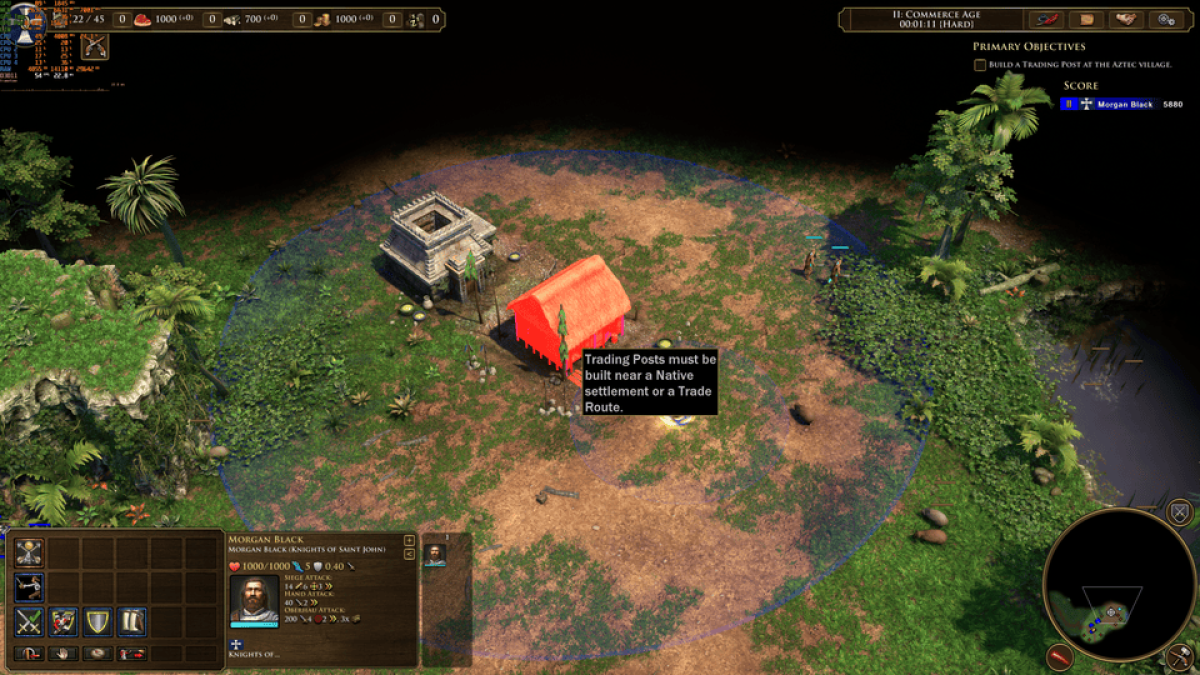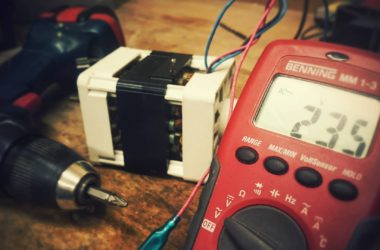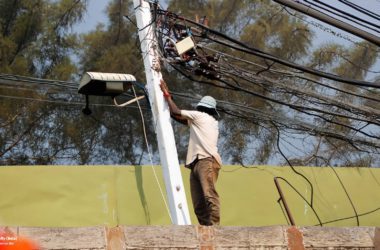Table of Contents Show
Metaverse – A whole new world
Imagine this. You have just completed an engaging game of chess with one of your friends at the club. While leaving, the door to your local power company’s office catches your attention. You enter and a cheerful young executive greets you. The office is plush with colour and decor suited to your taste. Everything around is built to enhance your experience. You shake hands with the executive and your bill is paid instantly. You may sit on the couch and have a cup of masala chai if you wish, but maybe save it for another day. It is time to go outside to your dragon and hitch a ride to the office.
I admit, this does sound like a scene out of an episode of Black Mirror. But this is what the future might really be like in the virtual world. Web 3.0 is about to change the world as we know it. Infact, the pandemic has only accelerated this change. In these fast changing times, businesses have to inevitably shift to the metaverse. It is only a question of ‘when’.
Business prospects on the metaverse
Currently, popular metaverse platforms such as Sandbox are focussed on gaming, social media and VR experience videos. However, conventional businesses such as banks are quickly adapting to this new platform. Recently, the Singaporean banking giant, DBS announced its association with Sandbox to provide new services to its clients on the metaverse.
“Metaverse is not a far-fetched concept anymore. It is already here and it is there to stay. Conventional businesses are replicating their services on the metaverse to create new experiences for their customers.”
Businesses go where people spend more time. For instance, business accounts on Whatsapp and other social media platforms are in vogue because that’s where most people (read customers) spend their time nowadays. Moreover, the metaverse provides more than just a platform – it ensures customer engagement by creating an immersive experience for users. With plummeting VR gear prices and availability of AR apps, number of users are poised to increase to about 1.7 billion by 2024.
Number of AR users worldwide (Source – statista.com) * represents estimated figures (blue)
Early mover businesses are expected to enjoy advantages over their competition as they get to set the tone of the game before others. Obviously, more serious players in the market would not want to be left behind.
Is metaverse important for utilities?
Data shows that teenagers in the age-group between 13 to 17 years are the forerunners in AR / VR usage. Youngsters are the customers of tomorrow. Therefore, businesses (utilities included) sooner or later have to make the shift to platforms that young people prefer and spend time on. Infact, this is an opportunity for utilities to better their services, project a modern face and at the same time save money by adopting the new technology.
Here are a few instances where utilities can make use of the metaverse.
Metaverse use cases for utilities
There are innovative ways in which utilities can leverage AR / VR, blockchain and metaverse. It has been more than a year since UP Power Corporation together with ISGF launched blockchain-based settlement mechanism for Solar PV rooftop customers. Similar use cases are cropping up in other places as well. It is anticipated that technology adoption will increase with the increase in competition in the utilities space.
Training and skill development
Traditional modes of training & skill development involves costly logistics. It requires delegates to travel to training facilities, accommodation, sophisticated simulators and equipment, trainer time and much more. All that cost can be avoided if trainings can be imparted over AR / VR platforms. Such trainings provide an engaging and immersive experience to learners. This results in indelible learning – furthering high retention rates as this study clearly shows.
Safety
Safety briefing comes as a natural extension to training and up-skilling over AR / VR platforms. However, there is much more potential in terms of poka-yoke (mistake-proofing) – especially in high-voltage electrical installations. For instance, technicians can be given the facility of checking feasible fall-back options in case of power failure. Therefore, it would help to restore power using the correct sequence of operations with correct phase rotation. Another use case could be to project (in 3D) the ON / OFF condition of the upstream substation to enable safe on-site decisions. This has the potential to reduce fatalities / injury and boost productivity.
Conducting field surveys for grid expansion
Currently, the system of preparing DPRs for expansion projects is prone to multiple errors due to inaccuracy of manual field surveys. AR / VR assisted field survey can help reduce errors by suggesting best-fit asset placement. If you have ever played Age of Empires, you would be familiar with the concept. For the uninitiated, Age of Empires is a strategy game wherein the player competes by building infrastructure on a given piece of land. You can place infra assets only on empty or allowed areas. Even if you want to place a building on a preoccupied land parcel, the game would raise a red flag warning and wouldn’t allow you to place the asset there unless you clear the land of the obstruction. (refer picture below)

Consider a similar use case for electrical assets wherein poles or distribution transformers can only be placed dot on the allocated Right of Way. This would help to reduce unnecessary expenses on rework and line shifting.
Ensuring ease of doing business
It is a well-known fact that in-person transactions between customers and utilities (particularly in developing countries) are susceptible to corrupt practices. On the other hand, business transactions on metaverse may provide a window of opportunity to sanitise and standardise customer interaction. It is obvious that virtual transactions would be monitored and recorded. Therefore, corrupt employees would refrain from seeking bribes for fear of discovery & retribution. Perhaps it is possible to curb unscrupulous transactions and better the EODB index by this singular intervention.
Benefit to consumers
Consumers could be the biggest beneficiaries of utility AR / VR based initiatives. Combined benefit of these interventions would result in reduction of O&M cost. Thus, the surplus can be passed on to consumers by way of lower per unit price escalation during tariff determination. Moreover, new laws are being enacted which will give rise to stiff competition (example – Electricity Bill 2022). Therefore, utility companies will be forced to adopt good practices such as ones mentioned above. Consumers can also get the benefit of improved up-times, better services and a stronger relationship with their utility of choice. Thus, there is scope for overall improvement in industrial as well as commercial and agricultural sectors owing to the cost advantage.






